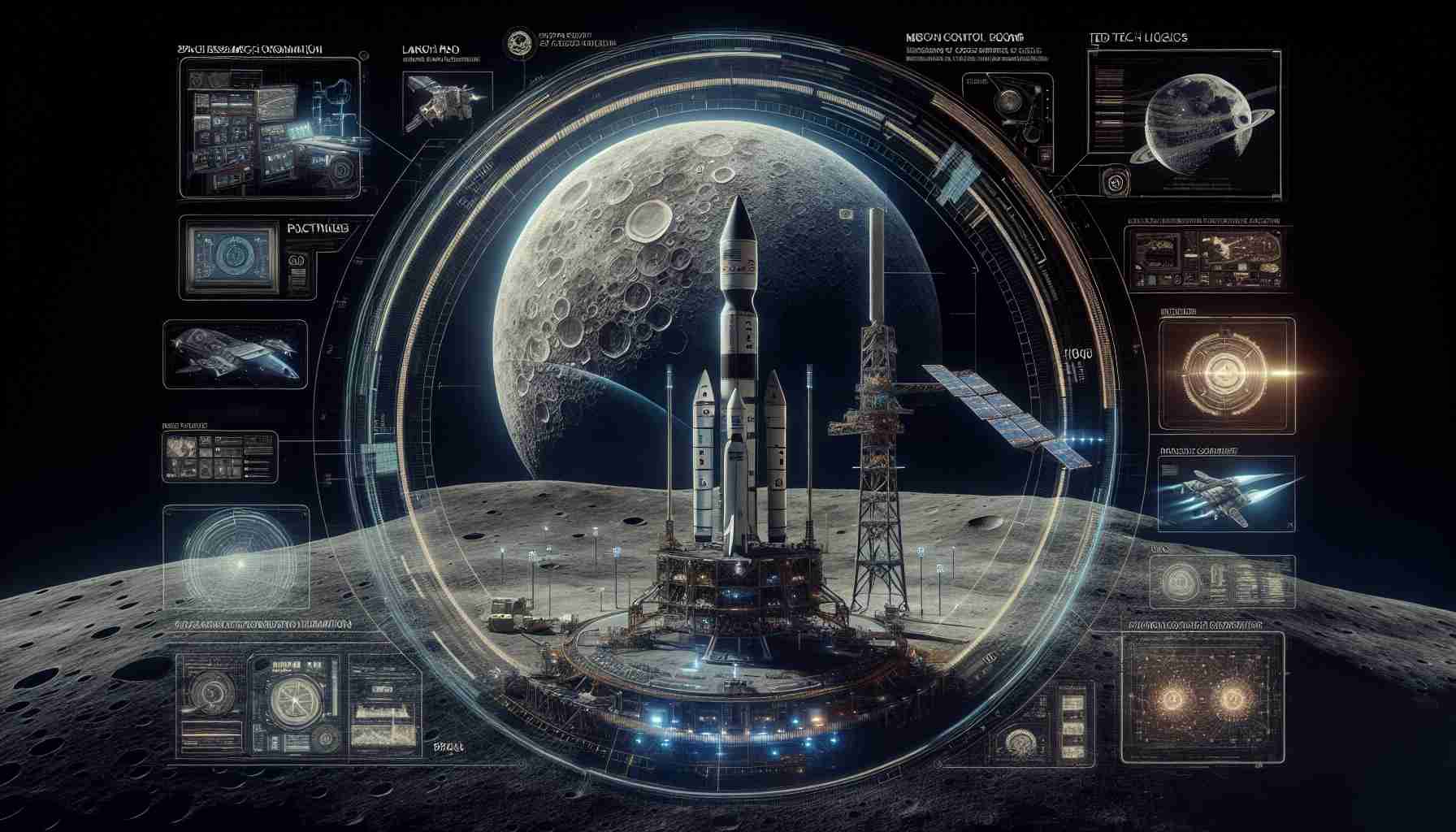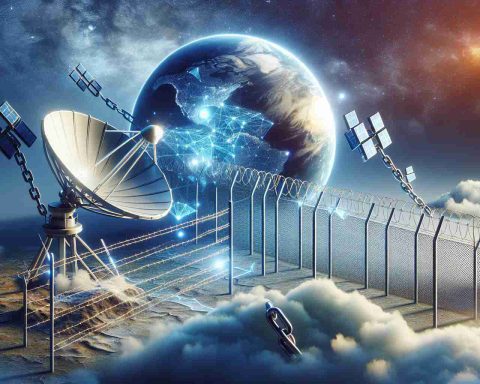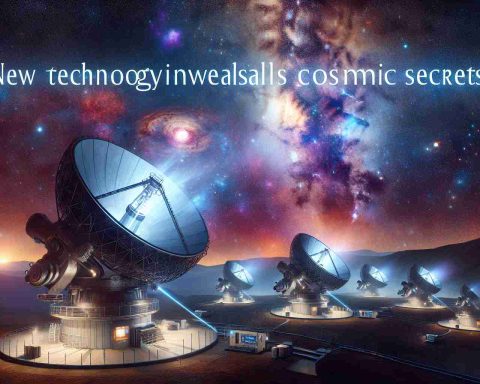- NASA partners with Intuitive Machines for enhanced lunar exploration.
- New $2.5 million contract focuses on efficient lunar logistics under the NextSTEP program.
- Development of a heavy-cargo lunar lander aims to transform payload delivery to the Moon.
- Intuitive Machines leverages experience from successful Nova-C lunar lander missions.
- Innovations may enable sustained lunar operations and future Mars exploration.
- The project aims to lay the groundwork for potential lunar bases.
- The collaboration could redefine international cooperation and human space presence.
The lunar landscape is set to change as NASA teams up with Intuitive Machines, Inc., awarding them a $2.5 million contract to redefine how we explore the Moon. This exciting partnership, part of NASA’s expansive Next Space Technologies for Exploration Partnership (NextSTEP) program, focuses on tackling the intricate logistics of future lunar missions.
Intuitive Machines, known for its pioneering lunar missions, plans to overcome the logistical challenges inherent in NASA’s ambitious Moon to Mars strategy. By leveraging their deep expertise, they aim to develop innovative strategies for managing cargo on the Moon’s surface, enhancing mobility, and ensuring seamless transportation of equipment and supplies needed for sustained lunar operations.
At the heart of this collaboration is the creation of a powerful heavy-cargo lunar lander, set to transform the way payloads are transported to the Moon. This vehicle is pivotal in laying the groundwork for establishing a human foothold on our celestial neighbor.
Intuitive Machines’ visionary approach, led by their dynamic leadership, highlights their ability to systematically tackle lunar delivery and infrastructure. Their previous achievements, including the successful landing of the Nova-C lunar lander, Odysseus, have already marked historical milestones, positioning them to lead this new era of space exploration.
The implications of efficient lunar logistics extend far beyond the Moon. They herald a new frontier in space exploration, potentially leading to the development of lunar bases where astronauts can live and work. Moreover, mastery in lunar logistics could form the foundation for future Mars missions, bridging the gap in our exploratory endeavors between Earth, the Moon, and beyond.
As humanity reaches for the stars, the successful execution of this partnership could shape the future of space exploration, fostering international collaboration, innovation, and the expansion of human presence in space. The Moon is more than a destination; it is the gateway to mankind’s future adventures.
NASA’s Bold Leap to the Moon: Partnership’s Potential and Future Possibilities
How is the partnership between NASA and Intuitive Machines set to revolutionize lunar exploration?
The collaboration between NASA and Intuitive Machines, Inc. is poised to redefine how we approach lunar exploration. This partnership is part of the Next Space Technologies for Exploration Partnership (NextSTEP) program, aiming to overcome logistical challenges through innovative solutions. A key development is the creation of a heavy-cargo lunar lander, which will radically optimize the transportation of payloads and potentially enable sustained operations on the Moon. This strategic alliance heralds a transformative era in space exploration, potentially accelerating the establishment of lunar bases, thereby setting the stage for future Mars missions.
What are the potential benefits and challenges of focusing on lunar logistics?
Benefits:
1. Resource Management: Efficient lunar logistics ensure optimal resource allocation, enabling astronauts to sustain prolonged missions by ensuring that necessary equipment and supplies are available when needed.
2. Advancement in Technology: Innovations in logistics contribute to advancements in heavy-lift capabilities, propulsion technology, and robotics, enhancing overall space travel infrastructure.
3. Gateway to Mars: Mastery in lunar logistics could serve as a testbed for Mars mission planning, bridging the gap in interplanetary exploration.
Challenges:
1. Harsh Environment: The Moon’s extreme temperature variations and surface conditions pose significant obstacles for logistics and transportation.
2. Communication Delays: Managing logistics remotely requires overcoming delays in communication and synchronization.
3. Cost Constraints: Developing and testing new technologies require substantial financial investments, posing risks if the expected outcomes aren’t achieved.
What current trends and innovations are influencing future lunar missions?
Recent trends and innovations influencing lunar missions include:
1. In-Situ Resource Utilization (ISRU): This involves using local lunar resources to support mission objectives, such as extracting water from lunar soil to produce oxygen and fuel. It reduces dependency on Earth-based supplies, making missions more sustainable.
2. Autonomous Systems: Robotics and AI-driven technologies are increasingly central to exploring harsh lunar terrains. Autonomous systems can perform complex tasks with minimal human intervention, improving efficiency and safety.
3. Public-Private Partnerships: Collaboration between governmental space agencies and private companies (like NASA and Intuitive Machines) accelerates technological breakthroughs and reduces financial barriers through shared expertise and resources.
Suggested Related Links:
– Nasa
– Intuitive Machines
In summary, the synergy between NASA and Intuitive Machines offers significant potential for revolutionizing lunar missions, ensuring both immediate and long-term benefits in space exploration. By honing in on logistics, the partnership lays the groundwork for future endeavors on Mars and beyond, marking the Moon as a crucial stepping stone in humanity’s quest to explore the cosmos.
















